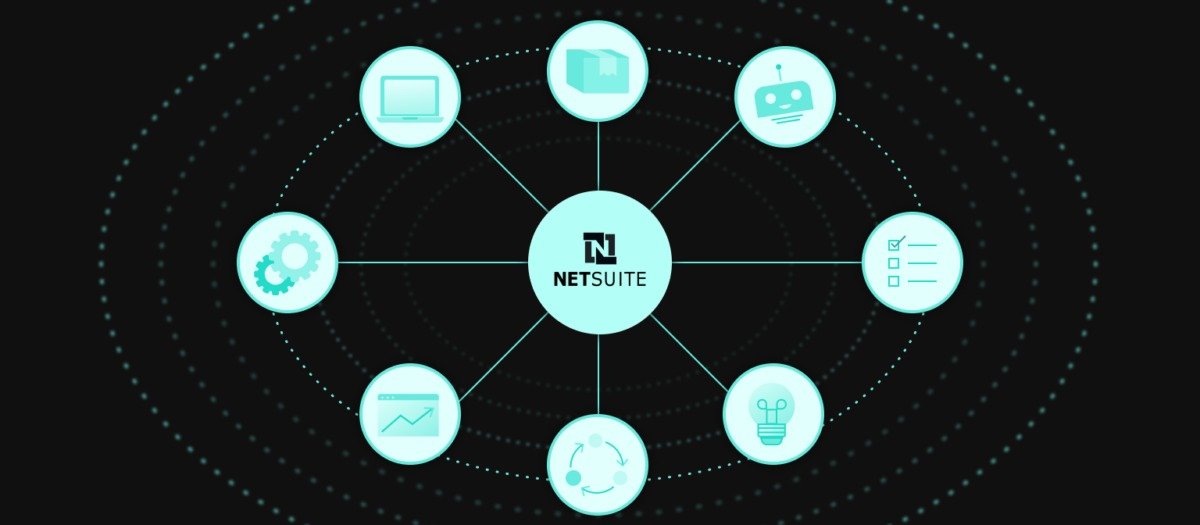In today’s fast-paced digital economy businesses integration with netsuite thrive when their systems communicate seamlessly. As organizations expand, they often rely on multiple software platforms to manage operations—from CRM and eCommerce to payroll, logistics, and analytics. NetSuite, a leading cloud-based Enterprise Resource Planning (ERP) solution, serves as the backbone for many growing businesses. However, its full potential is unlocked only when it’s effectively integrated with other systems. NetSuite integration solutions enable organizations to connect their ERP platform with third-party applications, enhancing automation, data consistency, and operational efficiency.
Understanding the Need for NetSuite Integration
A typical mid-to-large-sized business uses a variety of platforms for specific tasks: Salesforce for customer relationship management, Shopify for online sales, ADP for payroll, and more. Manually moving data between NetSuite and these systems wastes time, introduces errors, and slows decision-making. With integration, businesses can synchronize data across systems in real-time or near-real-time, reducing redundancies and freeing employees to focus on more strategic tasks. Whether it’s syncing inventory levels, automating financial entries, or consolidating reports, integration plays a key role in achieving business agility.
Popular NetSuite Integration Use Cases
NetSuite integrations span a wide range of functions. One common use case is integrating eCommerce platforms like Shopify, Magento, or WooCommerce with NetSuite. This ensures that customer orders, payments, and shipping information automatically flow into the ERP system. Another frequent integration involves Customer Relationship Management (CRM) platforms such as Salesforce or HubSpot. These integrations allow sales and customer data to flow between departments, supporting better customer service and targeted marketing. Other examples include connecting NetSuite with logistics platforms like ShipStation or with Human Capital Management (HCM) systems like Workday.
Integration Approaches: Point-to-Point vs. Middleware
There are two primary approaches to integrating NetSuite with other systems: point-to-point integration and middleware-based integration. Point-to-point integration connects two systems directly using custom code or APIs. This method works well for simple use cases but becomes complex and fragile as the number of integrations grows. Middleware, on the other hand, acts as an intermediary platform that manages data flows between multiple systems. Platforms like Dell Boomi, Celigo, Jitterbit, and MuleSoft are popular middleware tools that offer scalable, reusable, and more manageable integration architectures.
Benefits of NetSuite Integration
The advantages of NetSuite integration are manifold. Firstly, it improves data accuracy by eliminating manual entry and reducing the likelihood of errors. Secondly, integration facilitates real-time insights across business units, helping executives make informed decisions faster. Thirdly, it enhances customer experience by enabling faster response times, streamlined fulfillment, and better communication. Additionally, integration supports compliance and reporting by ensuring that financial and operational data is always up-to-date and audit-ready. Ultimately, the automation provided by integration saves time, cuts costs, and improves overall productivity.
Challenges in NetSuite Integration
Despite its benefits, NetSuite integration isn’t without challenges. The most common hurdles include differences in data formats, security concerns, scalability limitations, and system compatibility. For instance, an eCommerce platform might store product data differently than NetSuite, requiring careful data mapping and transformation. Similarly, ensuring secure authentication and maintaining data integrity across systems requires thorough planning and execution. In some cases, businesses face bottlenecks when using legacy systems that lack robust APIs. As such, working with experienced integration partners or using advanced tools becomes critical to project success.
Choosing the Right Integration Solution
Selecting the right NetSuite integration solution depends on several factors, including the number of systems involved, data complexity, business goals, and IT resources. For small businesses with simple needs, native connectors or built-in integrations might suffice. However, for larger organizations with complex workflows, middleware platforms like Celigo or Dell Boomi offer better scalability and control. It’s also vital to consider the long-term maintainability of the integration—ensuring that updates or new system additions don’t break existing connections. Investing in a flexible, future-proof solution will pay off in operational efficiency and reduced technical debt.
The Role of APIs and Web Services
NetSuite provides a rich set of APIs, including RESTlets, SuiteTalk (SOAP), and SuiteScript, which allow developers to customize integrations. REST APIs are particularly useful for modern web applications and mobile solutions due to their simplicity and speed. SuiteTalk, NetSuite’s SOAP-based web services, offers a more structured approach and is often used for back-end integrations. SuiteScript, a JavaScript-based development framework, enables developers to create custom business logic within NetSuite itself. Leveraging these tools effectively ensures that integrations are not only functional but also aligned with business processes.
Best Practices for Successful Integration
To ensure a smooth NetSuite integration, businesses should follow best practices such as defining clear objectives, involving stakeholders early, and mapping data meticulously. It’s also crucial to conduct comprehensive testing to catch issues before deployment. Using pre-built connectors can reduce development time, while custom scripts can fill in any functional gaps. Regular monitoring and maintenance are necessary to handle system updates, troubleshoot errors, and optimize performance. Lastly, documenting the integration architecture and workflows will help maintain continuity as teams or business needs change over time.
Future of NetSuite Integration
As digital transformation continues to reshape industries, the need for robust, scalable integration solutions will only grow. Artificial intelligence and machine learning are starting to influence integration platforms by enabling intelligent data mapping and predictive error detection. Meanwhile, low-code and no-code tools are empowering non-developers to build and manage integrations, democratizing access to automation. For NetSuite users, staying updated with these trends and investing in smart integration strategies will be key to staying competitive in a rapidly evolving market.
